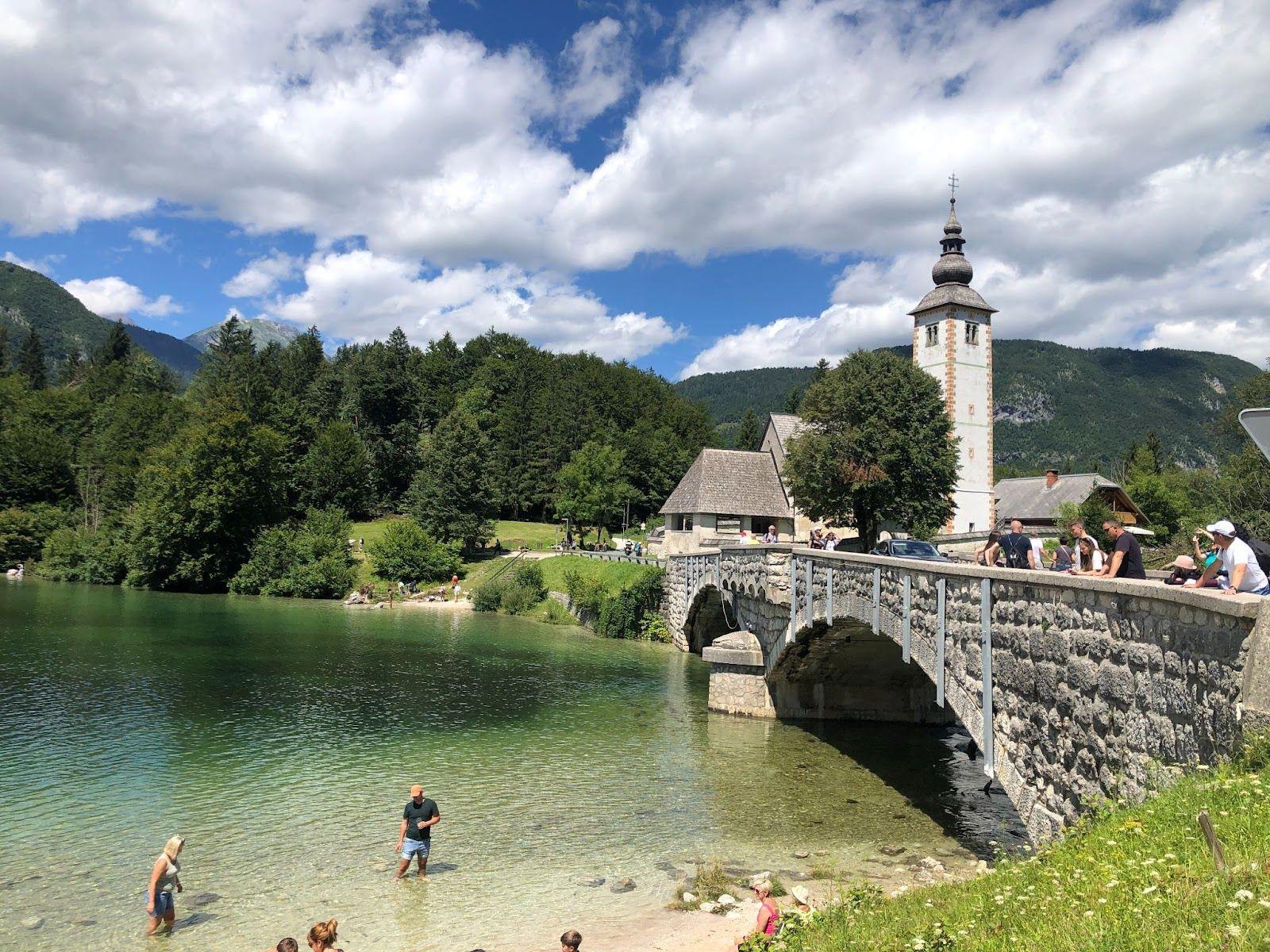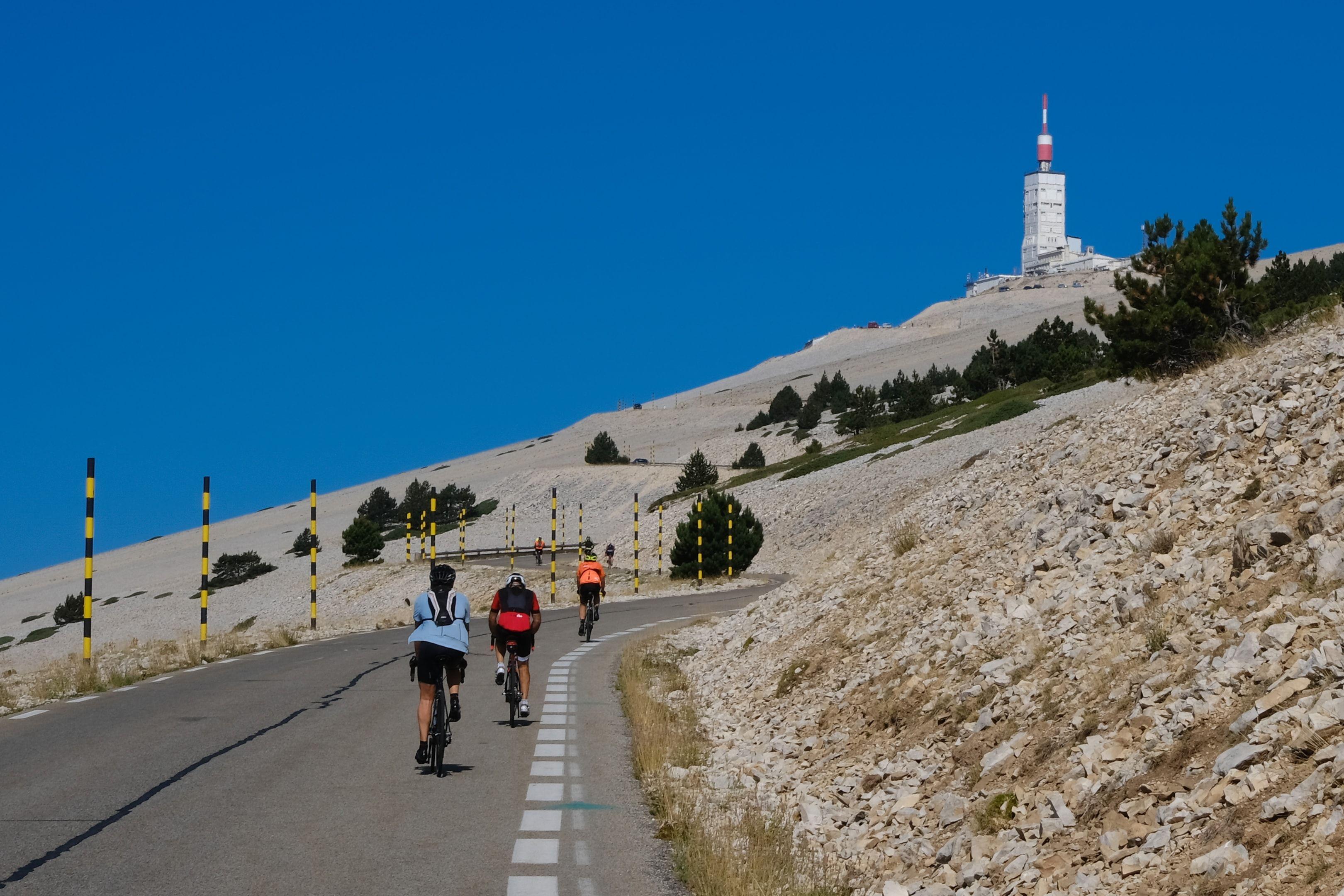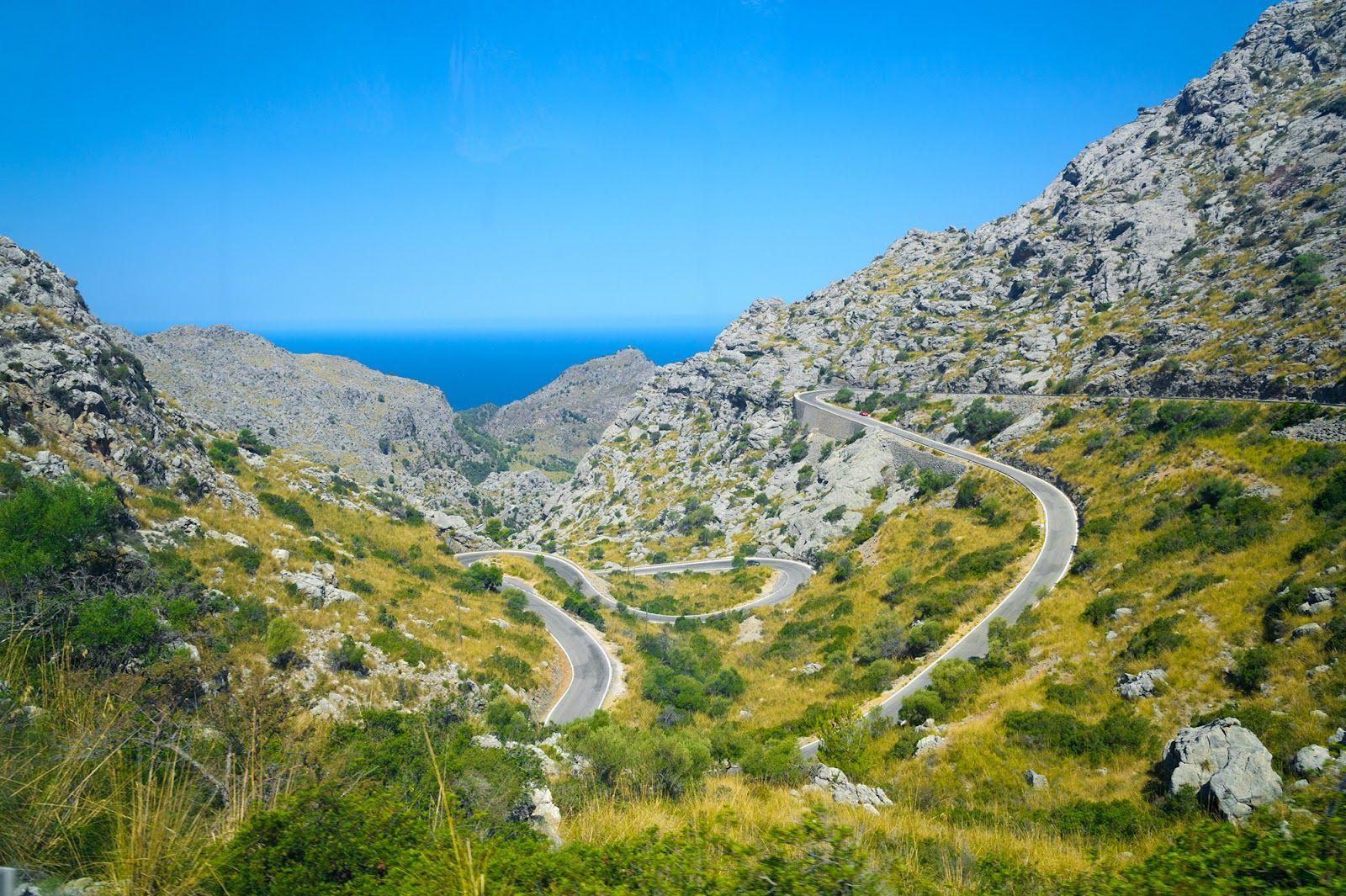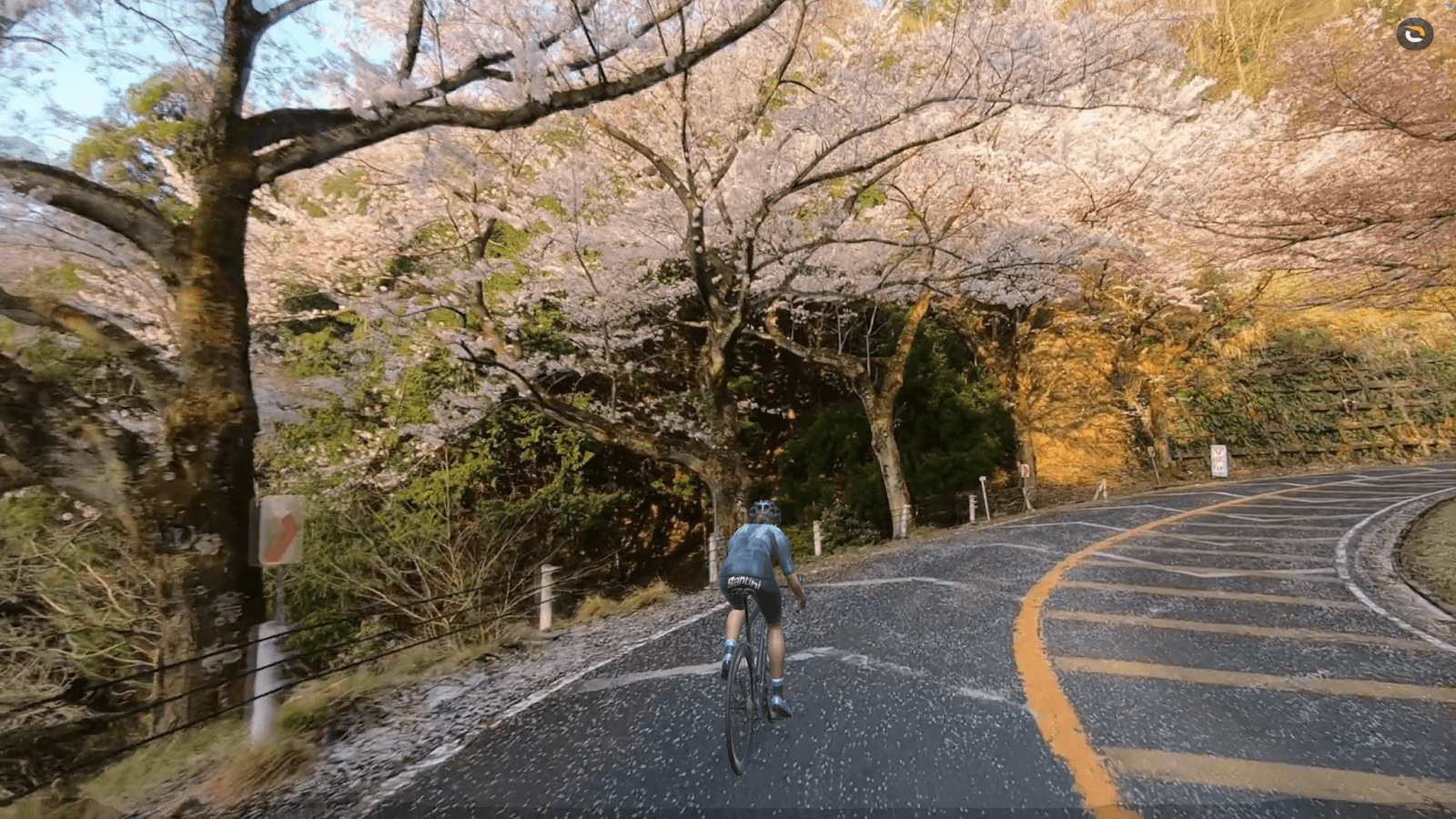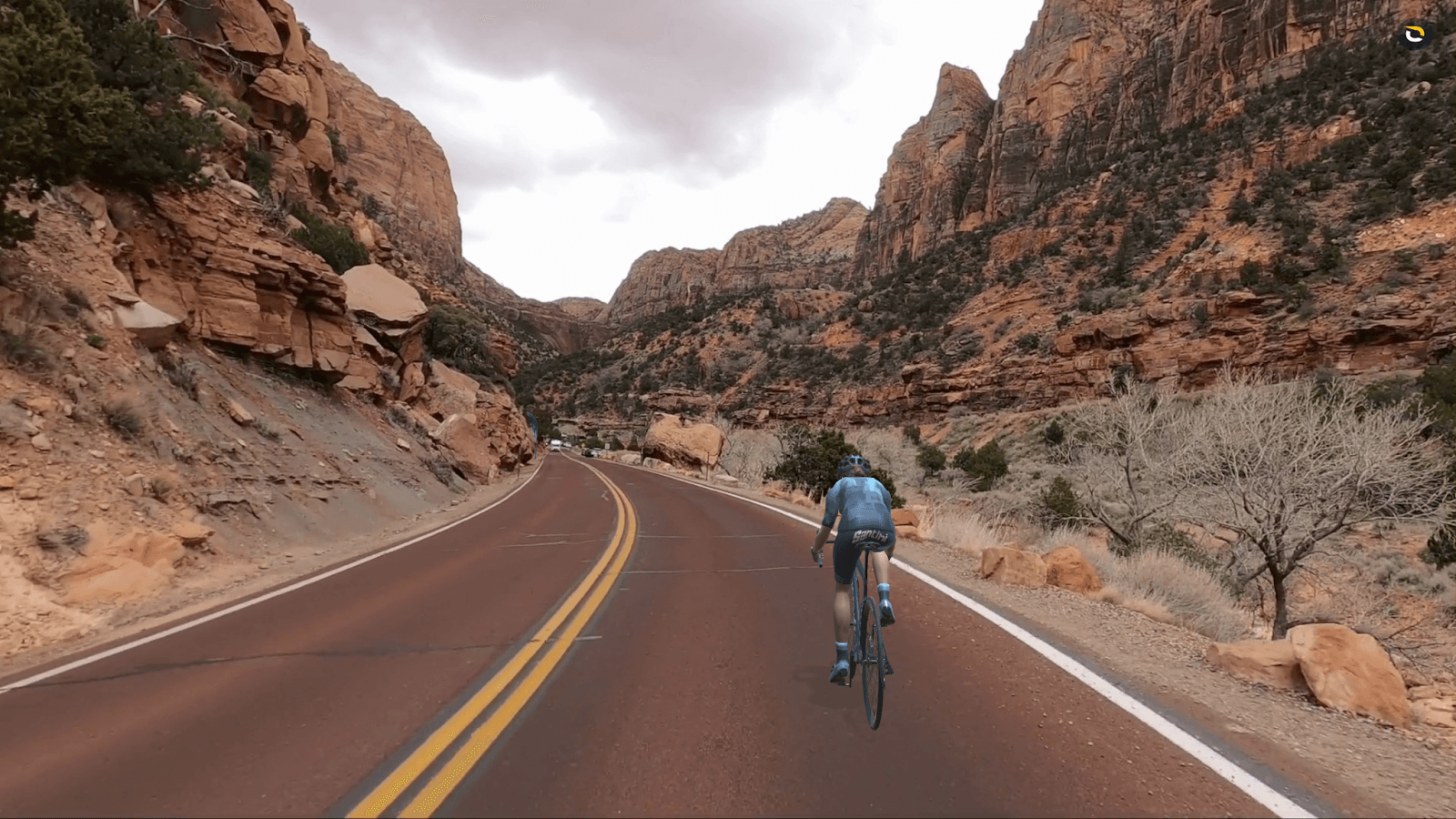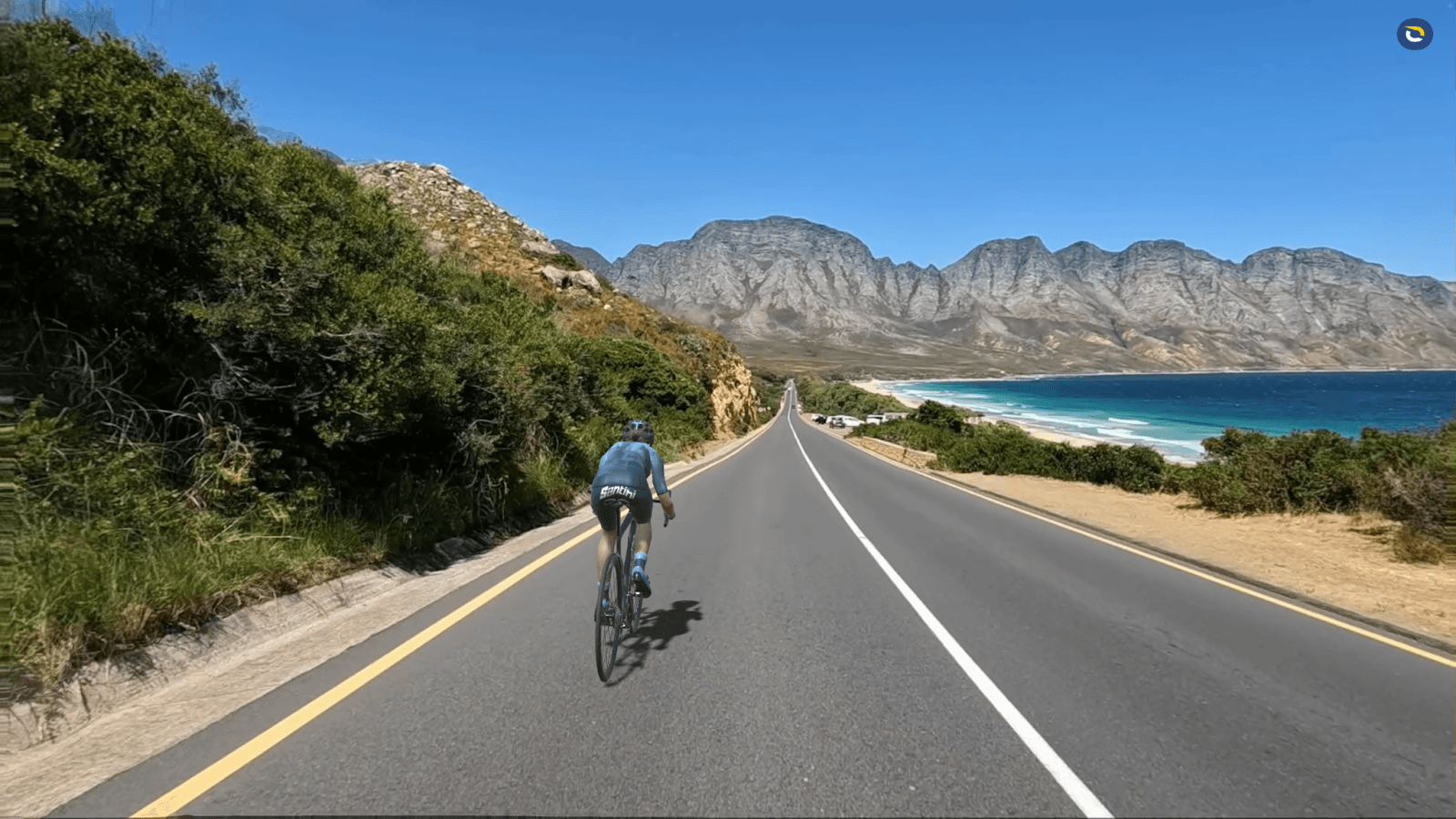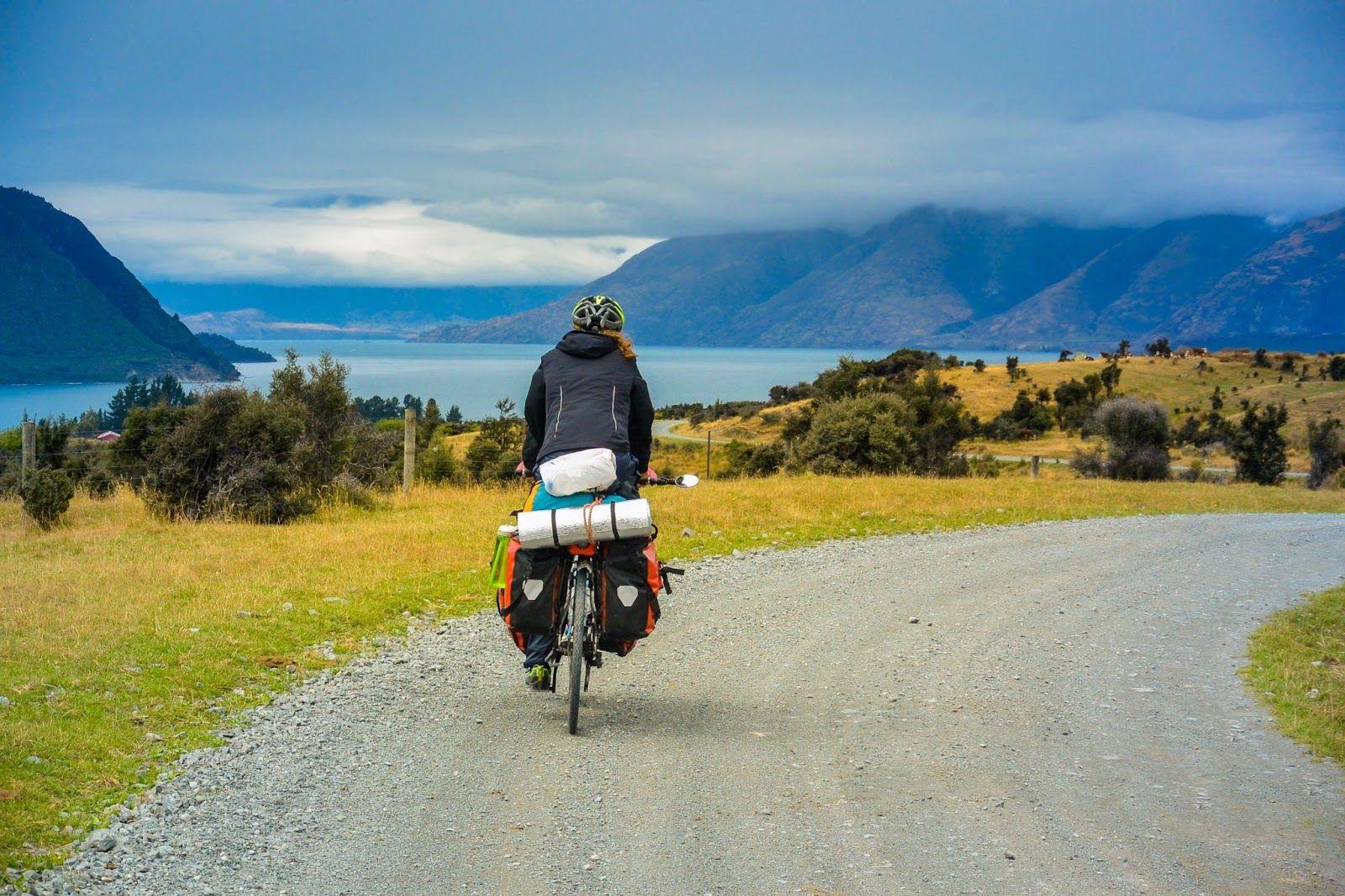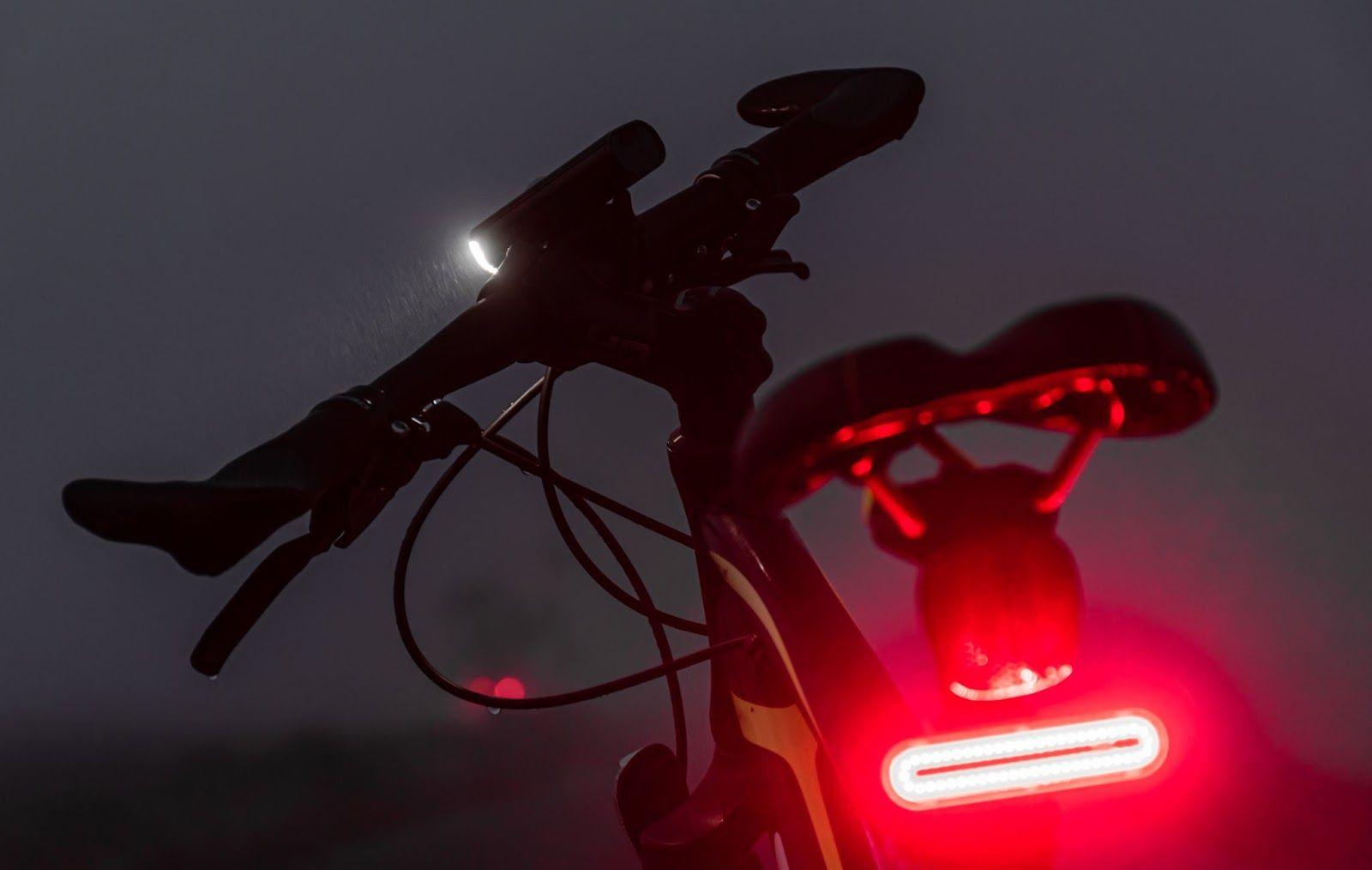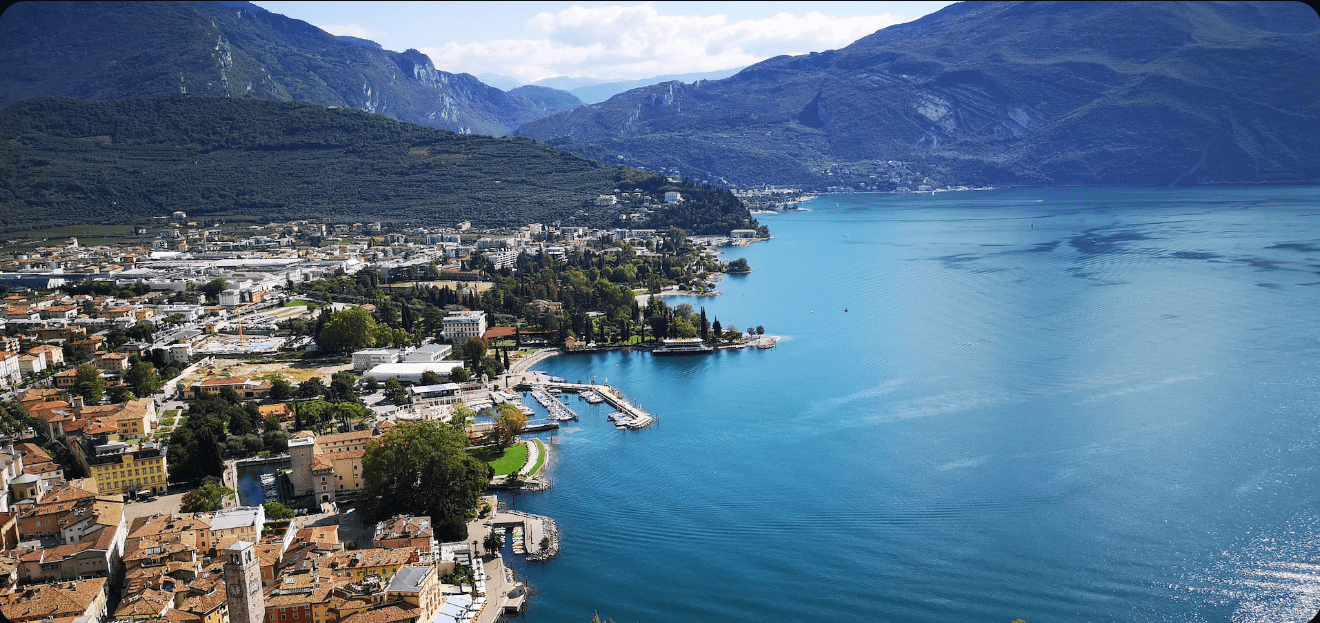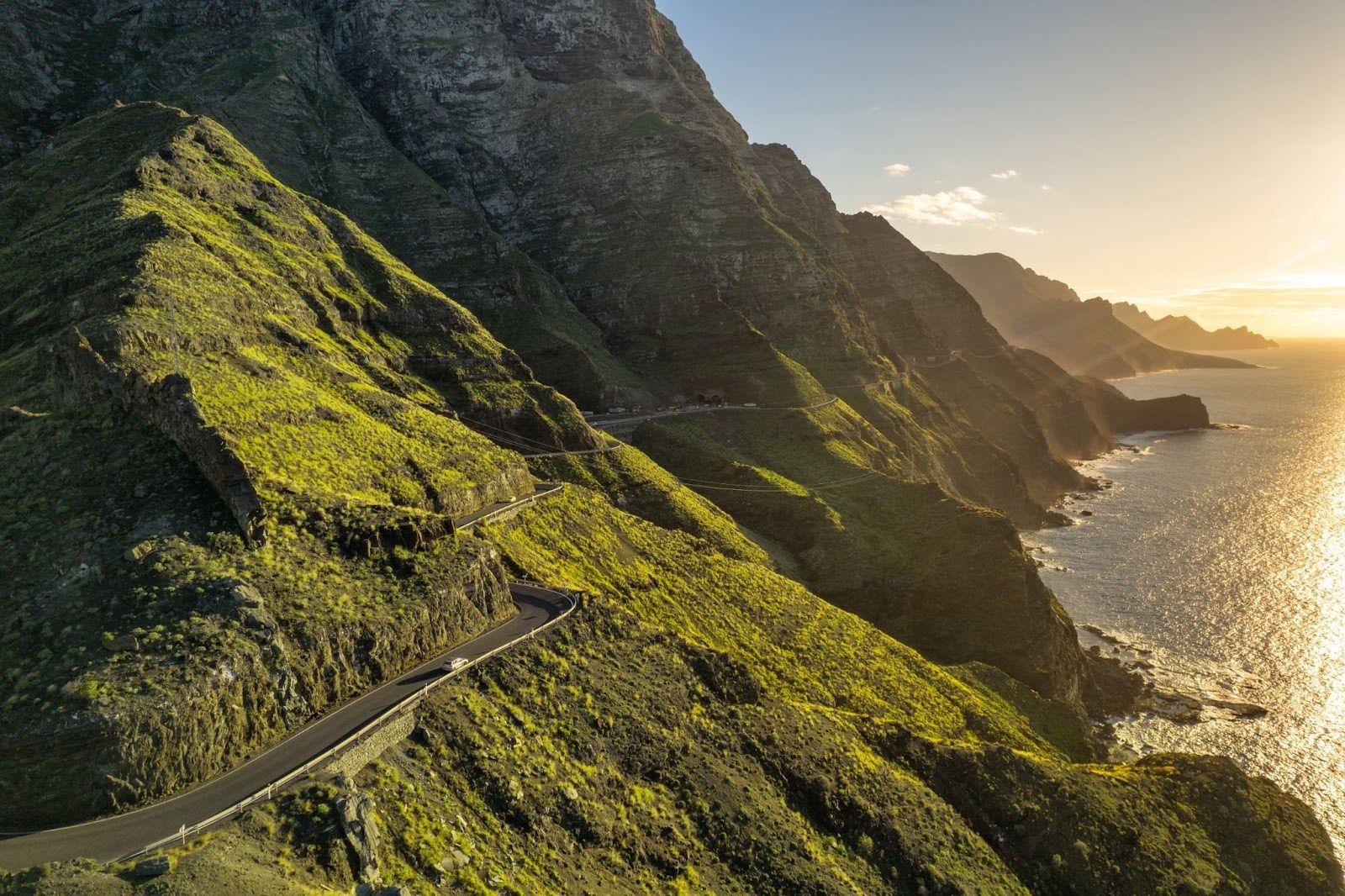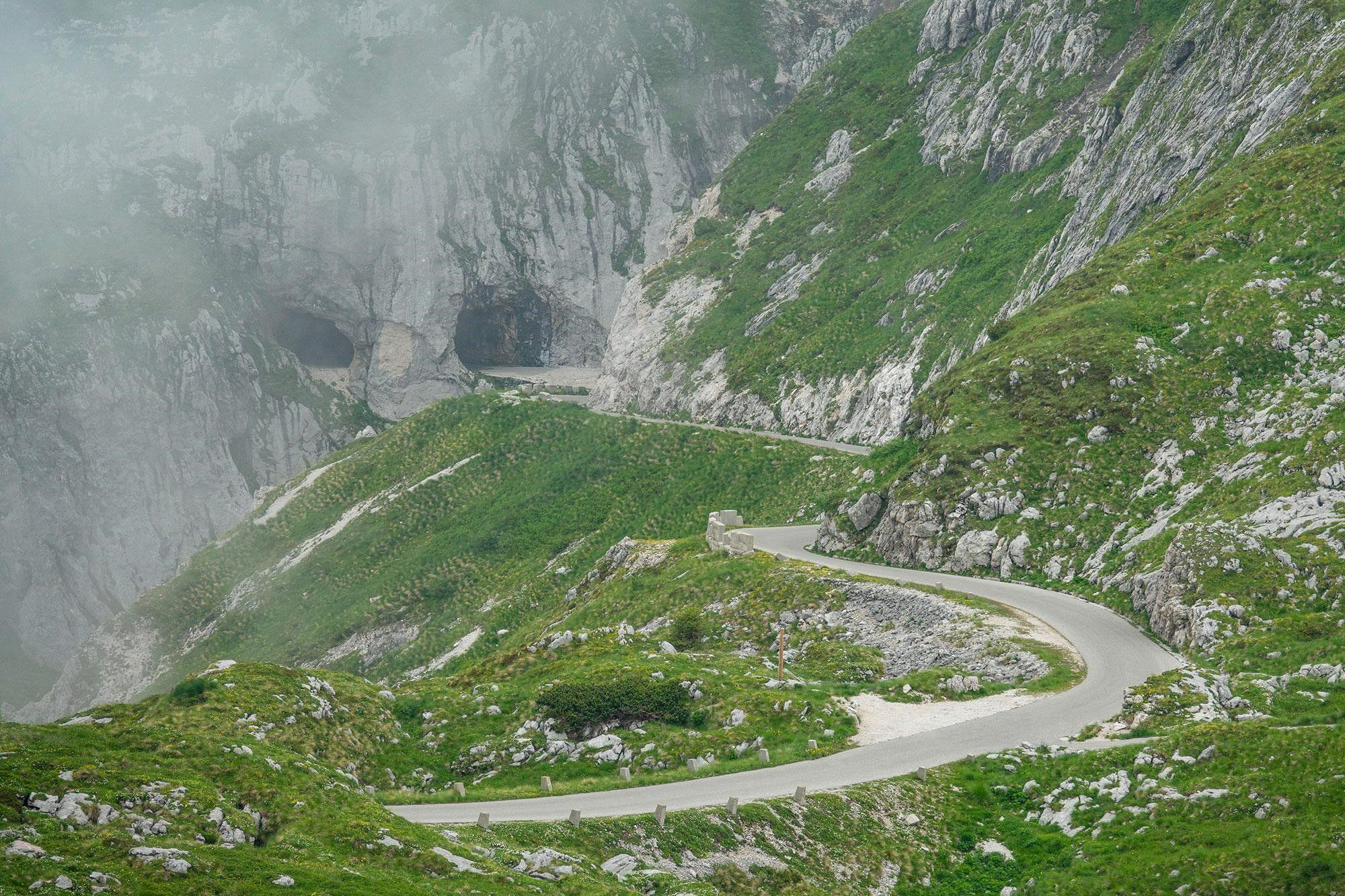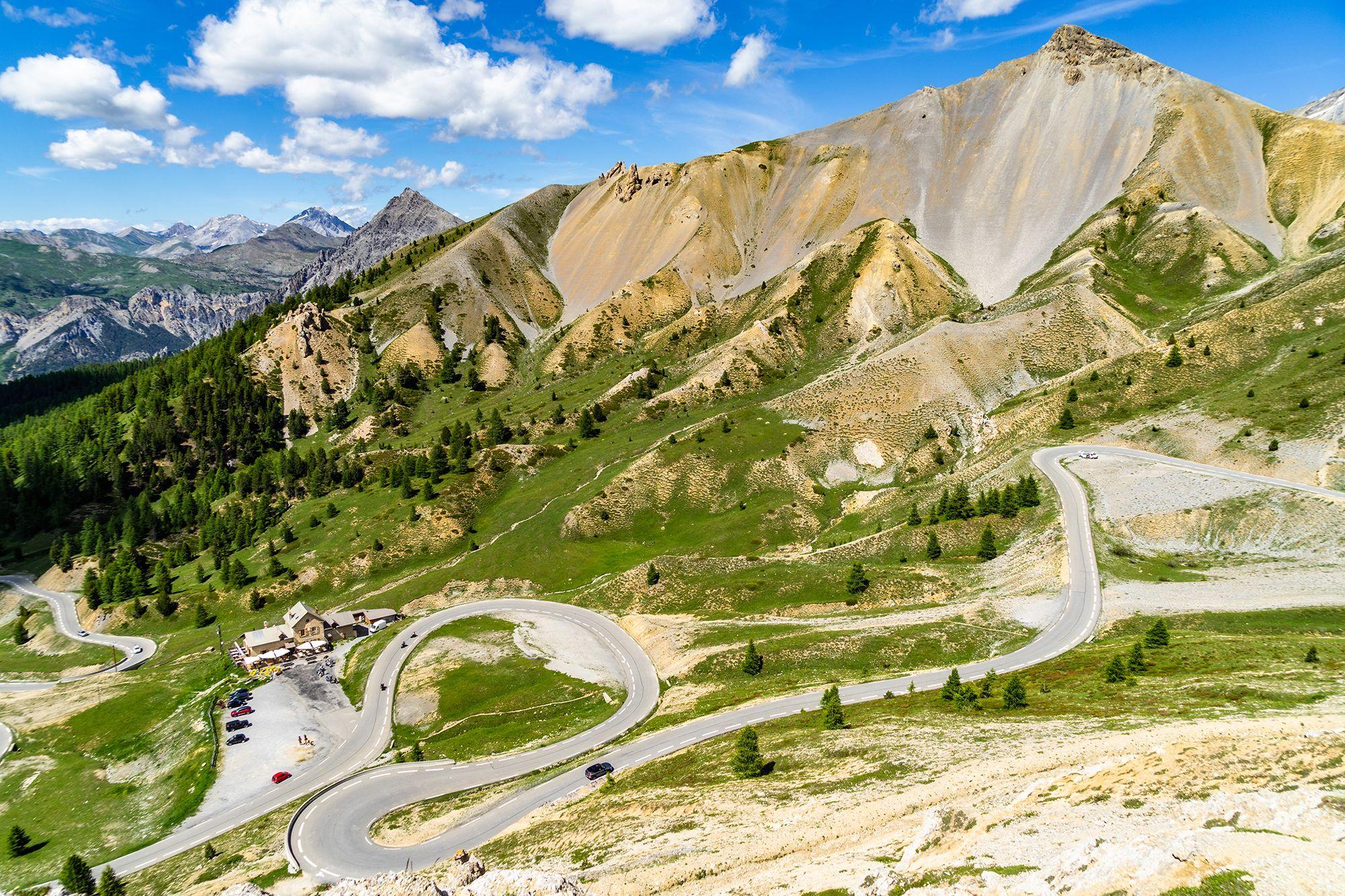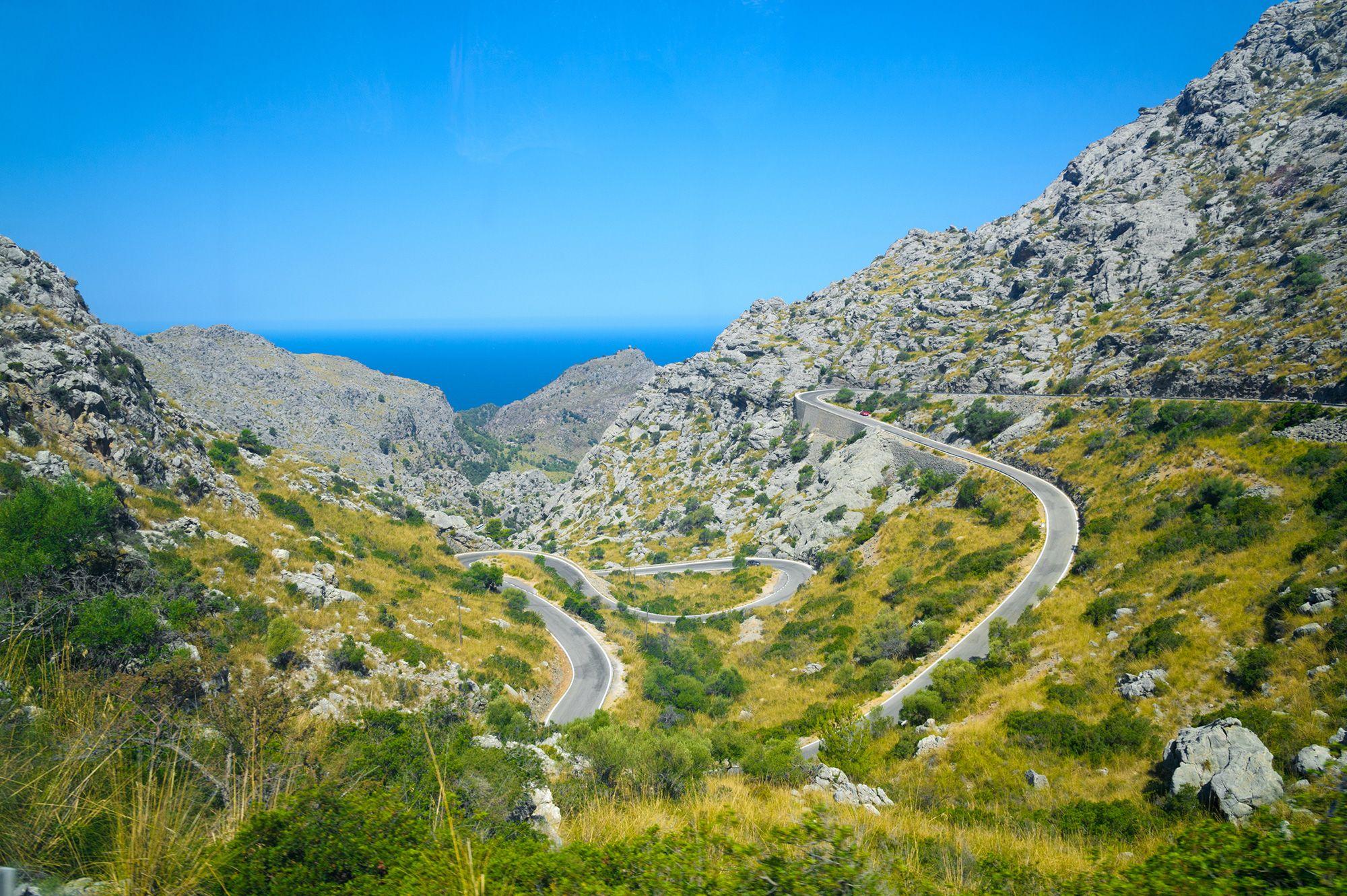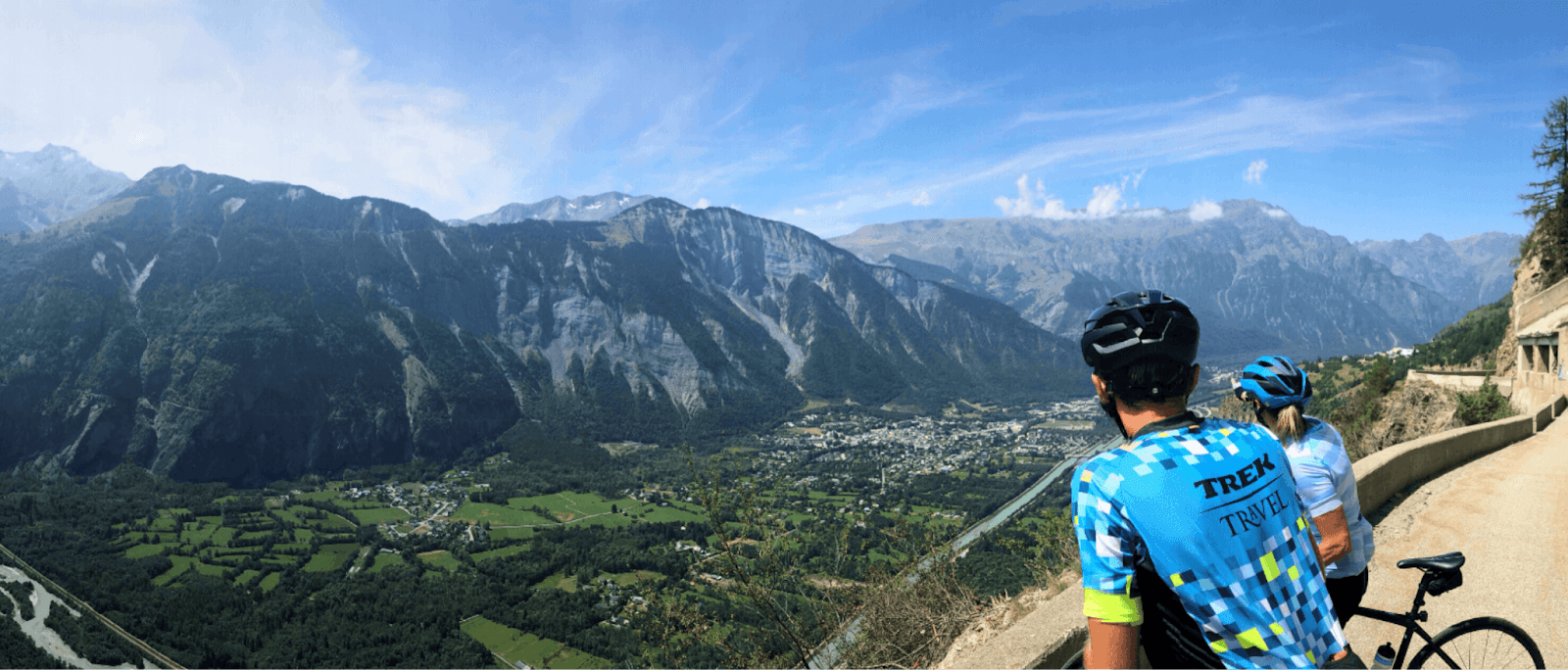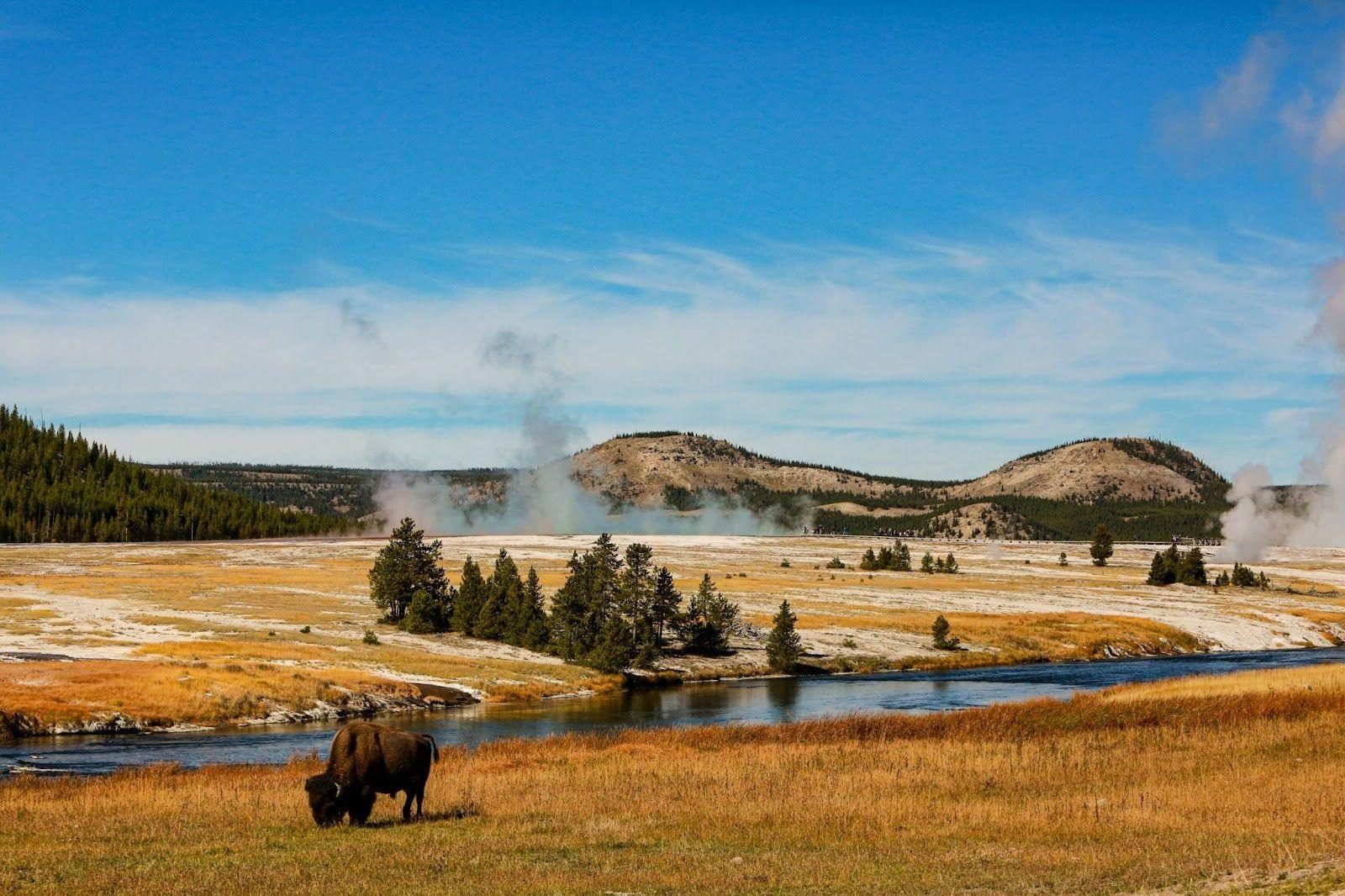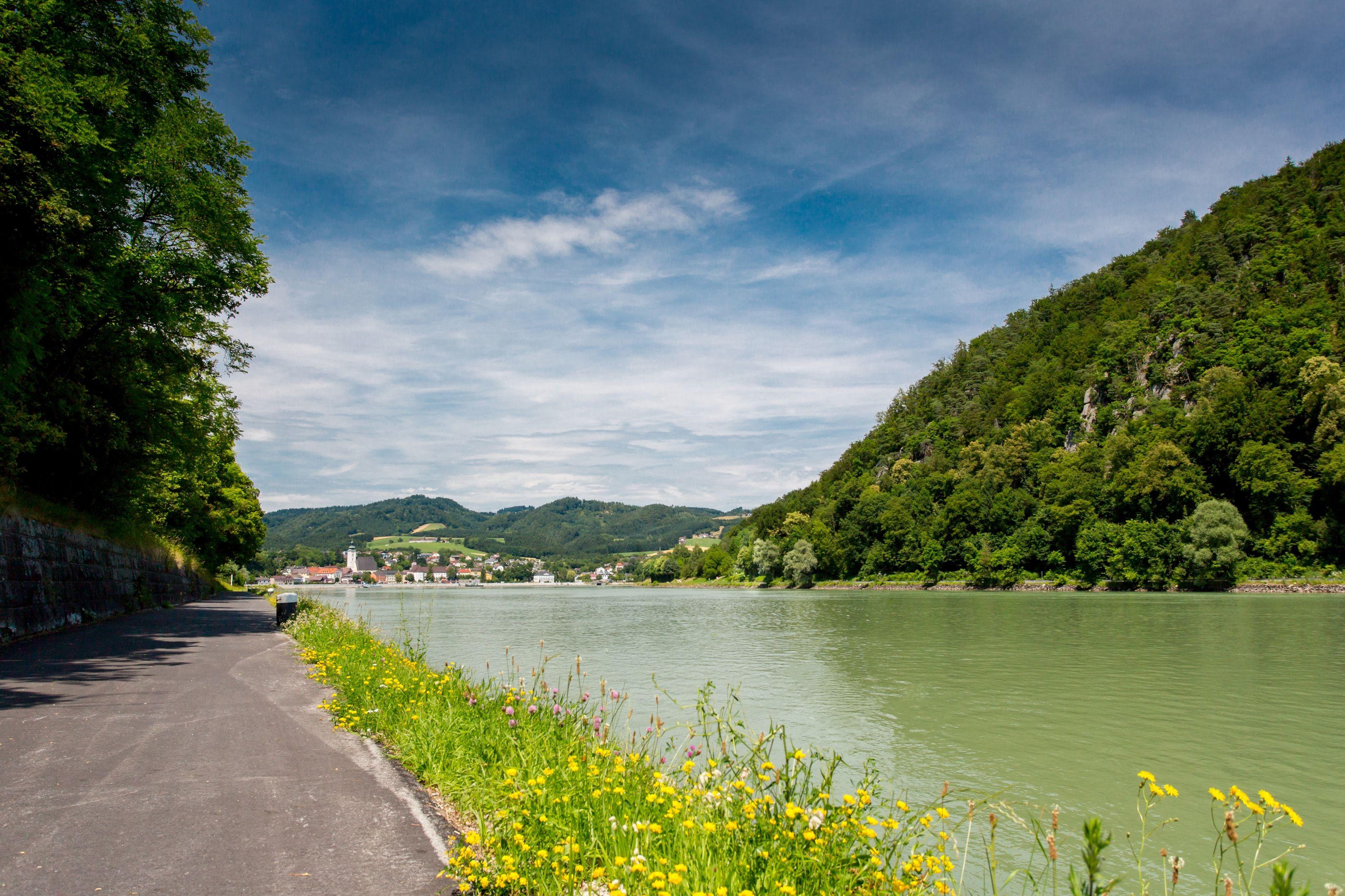In an era when travel is all about experiences, not destinations, biking tours have become not just a niche hobby but a global phenomenon for one's next cycling vacation. Cycle touring is a cycling culture of fitness, freedom, travel and transformation. Whether you’re an experienced cyclist or just starting to imagine your first bike trip, this guide will give you the insight, advice and inspiration to see the world in a different way on two wheels.
Cycle touring is part of the trend towards experiential and sustainable travel. As tourists become more aware of their impact and more curious about the places they visit, bicycle travel offers a slower, more immersive journey.
Instead of whizzing past in a car or tour bus, you pedal through the countryside and towns and experience the scenery around you, the local community and culture up close as you travel over different landscapes. Every hill or mountain you climb and kilometre you cover brings you closer to the heart of a region and allows you to see, hear, smell and feel the world in ways other forms of travel can't offer. Adventure cycling is a treat for the five senses!
What is bicycle touring? Definitions & types
At its simplest, a bike tour can mean anything from a few hours of cycling activity, a weekend vacation, a week of organised rides, to a month visiting many countries. There are many ways to interpret and practice bicycle touring, and it's worth understanding the differences.
A traditional bike tour involves cleverly packing and carrying your luggage on a road or touring bike, staying in accommodation, or camping along the way. Bikepacking is more off-road focused, using gravel bikes and lightweight gear packed directly onto the frame. The choice between bikepacking and cycle touring usually comes down to the terrain and how much gear you're willing to carry, whether heading off the beaten path or riding on paved roads.
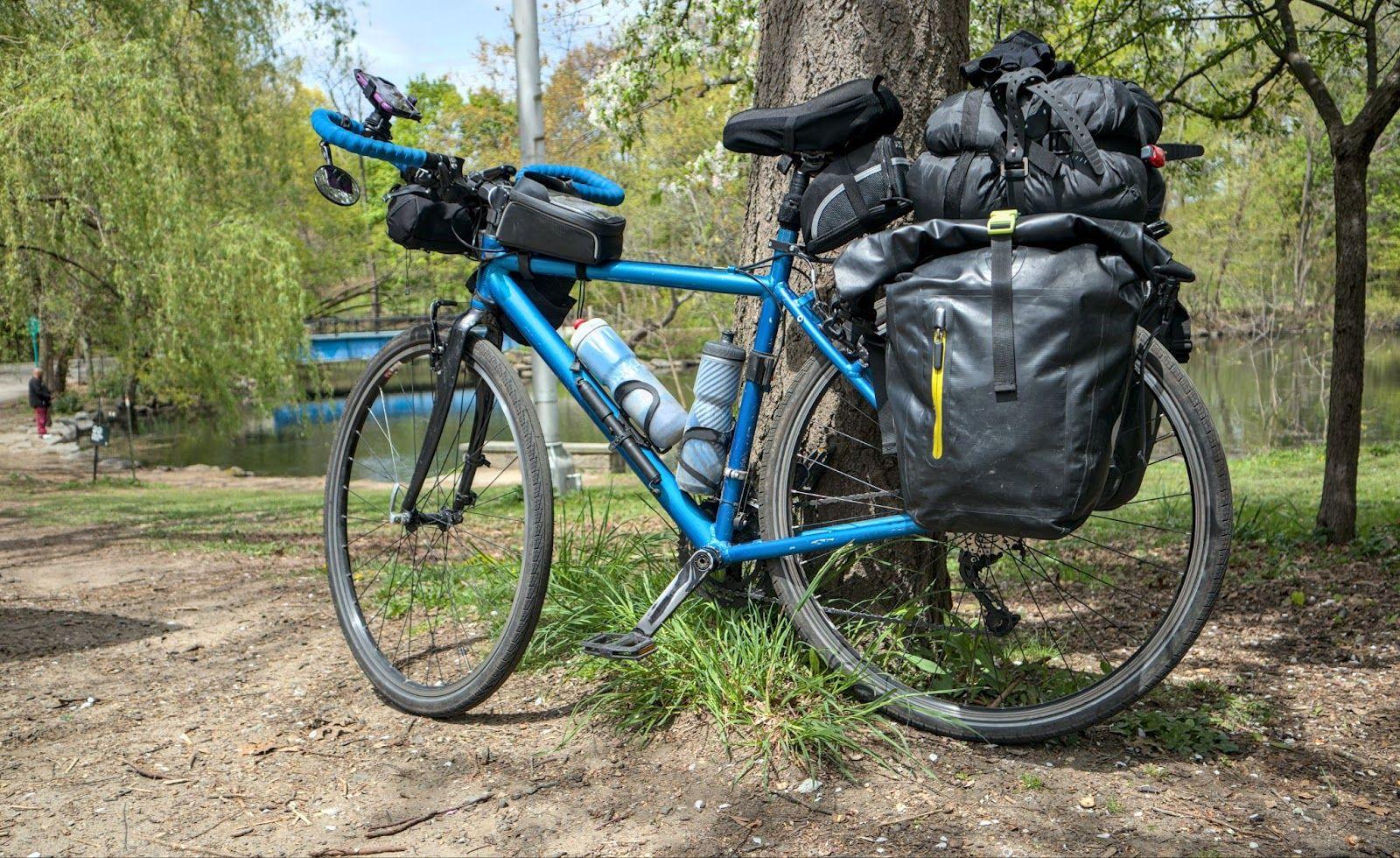
Bicycle tourism also includes organized rides and guided tours, where a company organises the route, including support vehicles, meals, and accommodation. This makes it easier for touring cyclists who are new to the concept or want more comfort. Self-guided bicycle touring combines independence with prepared logistics.
There's also a distinction between leisure-based and endurance-based cycling vacations. Leisure cyclists may bike shorter distances and focus on scenic and cultural experiences, while endurance travellers chase longer distances or elevation milestones.
Why bicycle tourism?
There are many good reasons to choose bicycle touring as a way to travel. First, it combines fitness and exploration. You're not just seeing new places; you're earning them with every pedal stroke, getting healthier and fitter along the way. This is active travel at its best!
Secondly, there's an environmental benefit. Cycling leaves a much smaller carbon footprint than driving a car. For the eco-conscious traveller, it's a responsible choice that fits with their values.
Most importantly, it offers a local experience. Unlike high-speed travel modes, a bike trip can slow you down and give you a chance to 'smell the roses'. You can stop for coffee or traditional food in a village and enjoy the local culture. You can take a detour down a side road, discover hidden gems, or watch the sunset over a field of wildflowers. The journey is the destination. It needn't be a race to the finish line.
Planning your first cycling trip
Your first bicycle trip depends on good planning. Choosing the right destination is key. Think about your fitness level, the type of terrain you like, the cultural experience you want, and what climate you prefer. Coastal routes, river paths, mountains, vineyards or forest trails each offer different challenges and rewards.
Use route-planning tools like Komoot, RideWithGPS, and Strava to plan your trip and the time commitment needed to complete the ride. Consider your daily distances, elevation gain, diverse landscapes, rest stops needed, cycling infrastructure, and attractions offered. Online forums and blogs can provide you with firsthand information and tips about specific regions from others who have ridden there before.
Budgeting and travel details are part of the adventure. Think about where you'll stay—camping, hostels, or hotels—plus food, spending money, entrance fees, bike transport, and maybe a guided tour or two. It's also smart to check visa rules and health insurance, and get familiar with local cycling laws and road signs so you're not caught off guard.
The weather can really shape your ride, so it's worth checking the best time to visit the area you're heading to. Be ready for anything—rain, wind, heat, or a surprise chill. And don't forget to check out the terrain too—are you in for smooth roads, gravel paths, hills, or flat stretches?

Essential gear for touring cyclists
The gear you take with you can significantly influence your comfort and safety. Touring bikes are designed for long-distance comfort and heavy loads. In contrast, gravel bikes provide versatility for mixed terrain. Road bikes work well for supported tours or light travel on asphalt roads.
Your luggage solution should match your route and riding style. Bikepacking bags, which strap directly to the frame, are great for off-road and minimalist riders. Panniers, mounted on racks, offer more space and balance for road touring.
Always be prepared with the right tools for basic repairs, appropriate clothing layers, a good helmet, gloves, sunglasses, and waterproof jackets and overshoes. Navigation is essential—a handlebar-mounted GPS or smartphone with offline maps will save you many headaches and stressful moments. Don't forget adequate on-the-go nutrition for the estimated number of hours your riding time will take: energy bars, electrolyte tablets, and plenty of water.
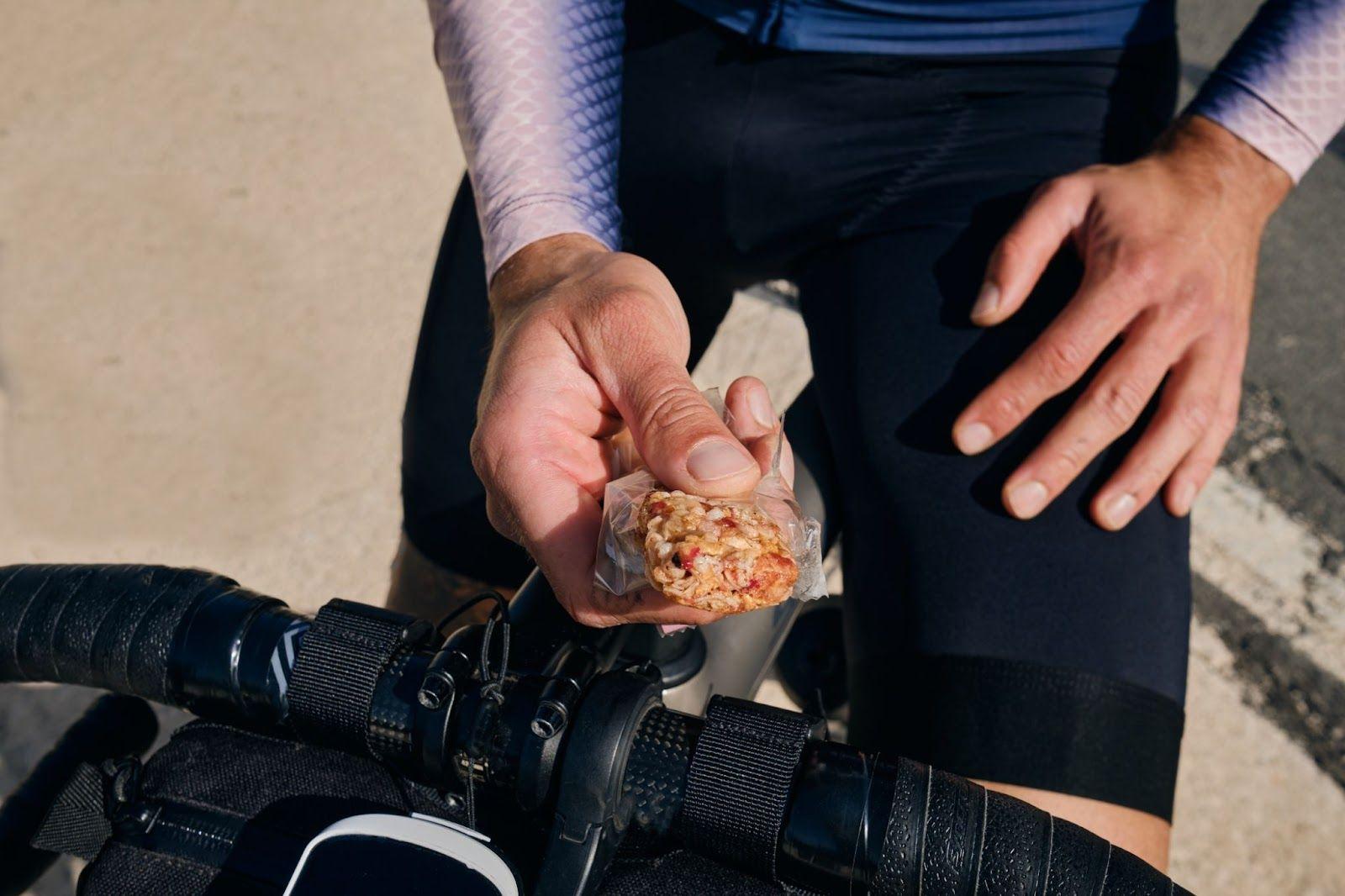
Training for cycling tourism
Indoor training gear, such as smart trainers and apps like ROUVY, can simulate real-world terrain and help you prepare for your cycling journey in advance. Especially for cyclists tackling climbs or high mileage, indoor training helps build both physical endurance and mental confidence with the knowledge that you can complete the entire route and 'do the miles' by spending time in the saddle. When longer routes are not situated close to your home, there is no need to drive to out-of-the-way places to train for endurance. ROUVY can help with the preparation conveniently!
Preparing your body for these long days in the saddle is just as important as choosing the right gear. ROUVY is a powerful tool in this respect, allowing you to train indoors using realistic routes along with effective workouts and training plans. With its augmented reality feature, riders can climb mountain passes, ride through vineyards, or follow beautiful coastline routes that mirror real-world experiences.
Structured training plans on ROUVY can target endurance, power output, and hill climbing – all essential for successful touring fitness. And perhaps most excitingly, many real cycling destinations are available as ROUVY routes, giving you a chance to preview and familiarise yourself with them before you go.



